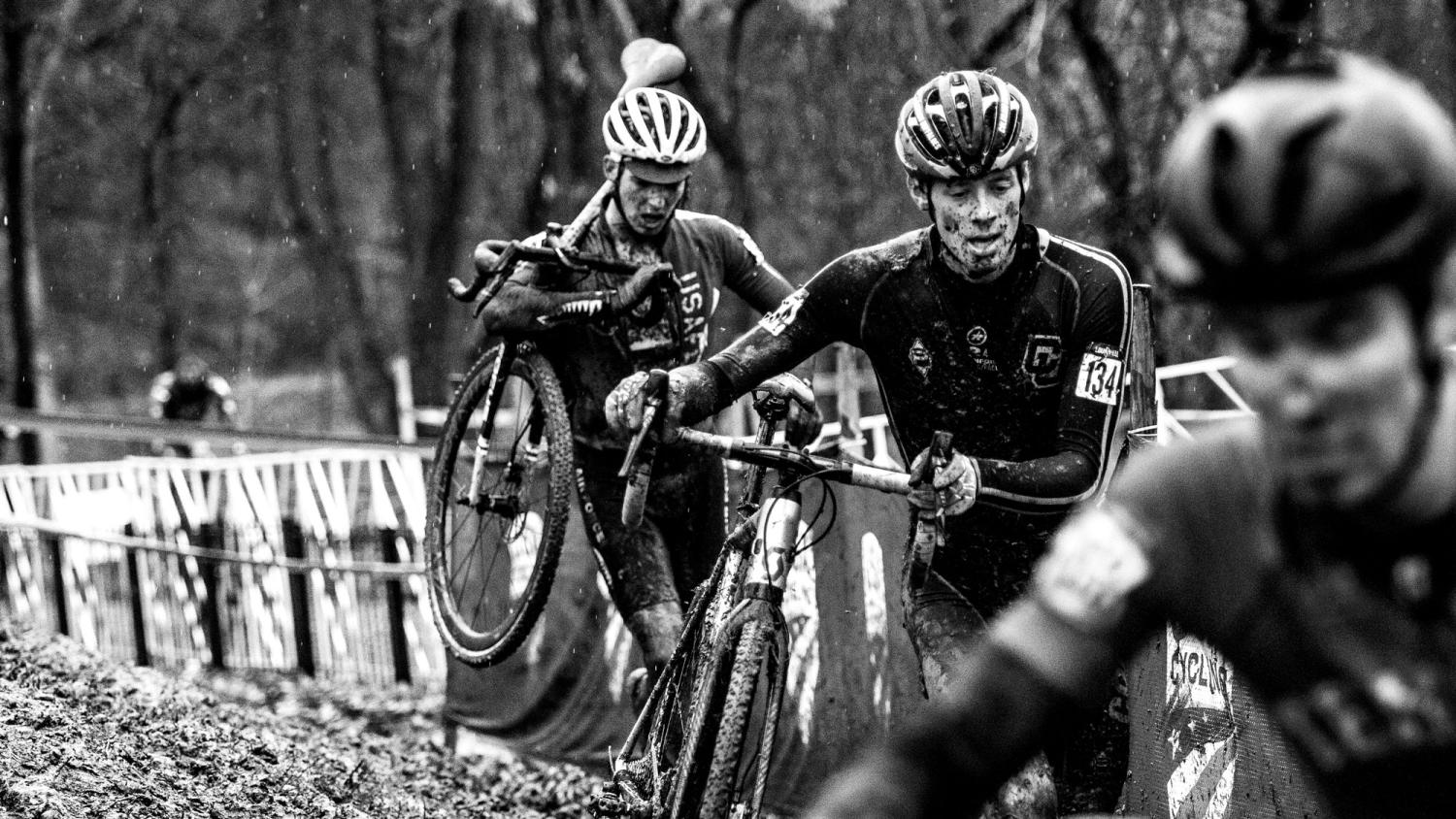
Q&A: Grant Ellwood, Cyclocross Champ

In December, Grant Ellwood (MechEngr’19) claimed the 2018 cyclocross collegiate club national championships title in Louisville, Ky. Here the Boulder native talks cyclocross, what it takes to win and why it might be fun to see a race up close.
What is cyclocross?
You use a road bike, but with knobby tires. You ride through grassy fields and go over obstacles. There are barriers to run over, or people jump them. Some inclines are impossible to ride up. You end up having to get off the bike and run up hills. It's a mix of sports.
Are you allowed to get off the bike as often as you want?
Some sections are faster when you’re off the bike and running, because it might have a slippery turn where you will crash nine out of 10 times. There are no rules against running, but it’s usually faster to ride, if you can.
What makes cyclocross different from mountain biking?
The bikes are quite a bit lighter and you can’t have flat or mountain bike bars, so you have to have drop bars. There are also rules that limit tire width.
How did you get started?
I had been racing mountain bikes since I was nine. In high school, some parents from my team started a top-level cyclocross team in Boulder. I tried it, and it was super fun.
Did it influence your decision to attend CU?
CU’s a great school for engineering. I was looking at cycling-specific schools, with varsity programs, but none of them had the academics like CU.
You’ve raced for five years at CU. How has the sport changed?
The biggest thing is how much riding you do. When I started, everyone ran over all the barriers. They’re pretty tall and not easy to bunny hop. The bikes are fully rigid, too. Now, everyone’s riding over everything. Riders have gotten more skilled.
What is a typical cyclocross race like?
The only thing you know is where the course is going to be and how long you’ll race. We typically race for 40 minutes. It goes by minutes, not miles. Each lap can be about three kilometers and six to 10 minutes. After one or two laps, you get a sense of how many laps you can fit in.
What does it take to be competitive?
A lot of time. We’re training 15 hours a week, just on the bike. I usually have an off day, but I’m on the bike every other day. Depending on the schedule, I might take it easier on Friday, and then race all weekend.
You finished second at nationals last year. How did you put yourself over the top this year?
The different course helped. I’m a good runner, and nationals was so muddy that there was a lot of running. It was a hard, hard race. It wasn’t tactical. Put your head down and keep going hard. I just had a better day and didn't make many mistakes.
What is most challenging for you?
School. Especially last semester, with senior design. Some weeks, I rode once, for an hour. But it’s a good trade off.
Do you have plans for after CU?
I want to give racing a shot. Ideally, I’d find part-time work that’s flexible, in engineering, but that’s kind of a fantasy. I’ll probably race for a year or two and then reevaluate.
Can you race cyclocross professionally?
There’s prize money, but not enough to live off. You have to find the right team or get sponsors.
What don’t people know about cyclocross?
Most people don’t think it’s fun to watch cycling. But we’re doing short laps and there are a lot of crashes. We have races at Valmont Bike Park. There are vendors and food trucks. It’s festive. There are races all day, and you’ll see a person five or six times from one point on the course, since it wraps around itself. It’s a cool sport.
Condensed and edited.
Photo by A. Yee/Cyclocross Magazine

